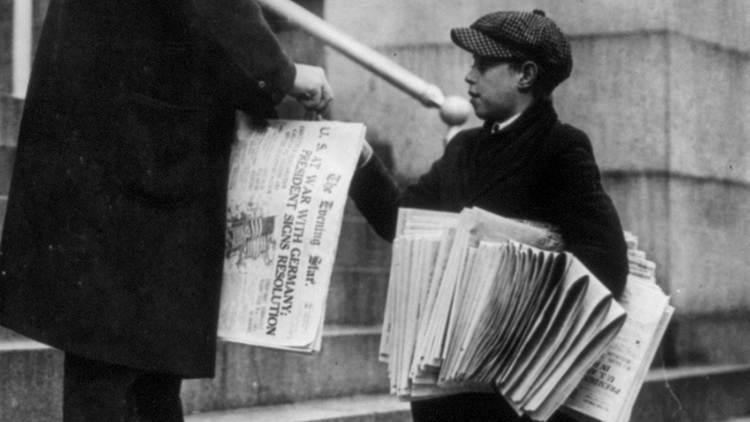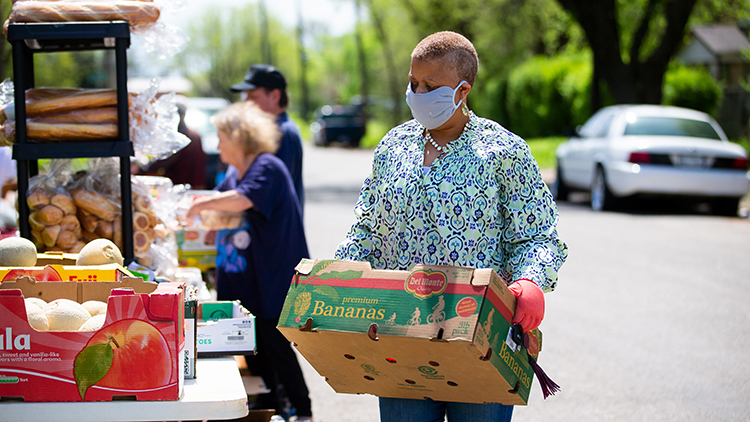
You may know the difference between facts and opinions in the news, but have you ever heard of bias?
A bias is a strong prejudice in favor or against something. Some biases, such as a prejudice in favor of a certain sports team or against certain kinds of food, can be harmless. Other biases, such as a bias against a particular race, gender, or religion, can be very damaging. That’s why it is important to look for bias when learning about the news.
Sometimes bias can be very obvious. A headline might be designed to shock and outrage people. An opinion might be presented as if it were a fact. False or misleading facts might be used to present a claim. A photo or image might even be published to show someone in an unflattering light. A photo or image might even be altered [changed in some way].
Other times, bias might be harder to recognize. Even people who try report news fairly and objectively have their own opinions. They might show their bias without even knowing it. The words they use to describe something might be influenced by their opinions. Even their choices about subjects to report on can be biased by their beliefs about what is important.
How do you look for bias? Firstly, check the facts presented by news stories or articles. Make sure that they are using reliable sources. If a news story does not give any source at all for a fact, that may tell you something. Also, pay attention to the language used, especially in the words used to describe people, places, or events. Most importantly, examine how different organizations cover the same events. What are the differences in the way they describe them? Do some organizations cover some types of stories more than others?
What About You? Have you spotted any biases while reading or watching the news? You can include IMPACT News in your response!
Photo Credit: Library of Congress Prints & Photographs Division [LC-USZ62-69048]



